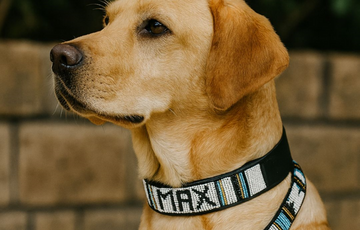Directed by Gina Prince-Bythewood and starring Viola Davis, The Woman king tells the story of the fearless women warrior group called the Mino (our mothers). The Mino, popularly known as the Dahomey ‘Amazons’, was an army of badass women warriors who were lethal in combat. They protected the kingdom of Dahomey (now Benin) between the 15th -19th century. So, is The Woman King based on a real story?
The kingdom of Dahomey

Benin/Dahomey on African Map
The history of pre-colonial Africa is one of great kingdoms and prosperity. One of such great kingdoms was Dahomey. Dahomey was a West African kingdom located within present-day Benin that existed from approximately 1600 until the early 1900s. The kingdom was established by the Fon people around the Abomey plateau.
It wasn’t until their third king, Houegbadja, came into power in 1645 that Dahomey truly began to organize and hone their power. Under his rule, Dahomey become highly influential and was recognized as a regional power trading in slaves and ivory. The kingdom also developed well structured taxation systems, and had an organized military.
Establishment of the Amazons
There are various stories around the formation of the Mino. Some believe that they rose from Gbetos who were an all female hunting team for the king. Others believe that they rose from the royal guard of Queen Tassi Hangbe. She was the daughter of the powerful king Houegbadja. Queen Tassi ruled the dahomey kingdom in the early 18th century after the sudden death of her twin brother, king Akaba. She was a fearless warrior and as such was appointed as a military leader who gradually created an all female battalion that later became the Mino.

Statue of Queen Tassi Hangbe erected in the West African nation of Benin in 2022
It is believed that the regiment of all female warriors, also referred to as Agojie in Fon language had members as young as 8years. These gallant female warriors served as royal bodyguards to Hangbe and the kings who came after. Serving in the Mino offered women the opportunity to rise to positions of command and influence. The Mino were also wealthy and held high status
Dress code and physical appearance

Dahomey amazon outfit/ women king outfit/Wakanda Dora Milaje outfit
The Mino trained with intense physical exercise to be mentally and physically ready for combat. They were well built and stronger than most men. They learned survival skills and indifference to pain and death, climbing over acacia-thorn defenses and walls in military exercises and executing prisoners. Discipline was emphasized. They wore brown blouses and brown-and-blue knee-length shorts. It is documented that the women had three stripes of whitewash around each leg that served as honored marks of distinction. The Mino were organized in many regiments including, huntresses, riflewomen, reapers, archers, and gunners. Each regiment had different uniforms, weapons, and commanders. In the later period, the Dahomean female warriors were armed with Winchester rifles, clubs, and knives.
Combat style and notable wars

Dahomey Amazons war techniques/ viola Davis leading amazons into war
The Mino made the kingdom of Dahomey especially powerful, and were respected protectors of their kingdom and strategic leaders. They were feared by real-life enemies like the British and French along with other African communities. They were skilled at hand-to-hand combat, and were experts with a bow and arrow. The most skilled members of the unit were selected to be archers, using hooked and poisoned arrows to stop their foes.
The Mino waged war against Dahomey' s neighbors like the Oyo empire and the kingdoms of Allada and Whydah. Their most notable war and what eventually led to their demise were the two Franco-Dahomean wars when the French set out to colonize west Africa.
By the end of the Second Franco-Dahomean War, the French prevailed, but only after bringing in the Foreign Legion, armed with machine guns.
Missing history of the amazons
The Kingdom of Dahomey eventually became French Dahomey, a colony, ten years later. It transitioned to a self-governing colony, the Republic of Dahomey, with full independence coming in 1960. In that time, most of their history was wiped away by their French masters. Moreover, African education was largely oral, and any stories of the Mino would have been lost over generations.
In 1975, Dahomey got yet another name, the People’s Republic of Benin, which later simply became the Republic of Benin. That is the official name today, but is colloquially known as Benin.
Today, the Dahomey Amazons are seen as a symbol of female emancipation. Their descendants still keep their traditions alive in present-day Benin.






Wonderful history